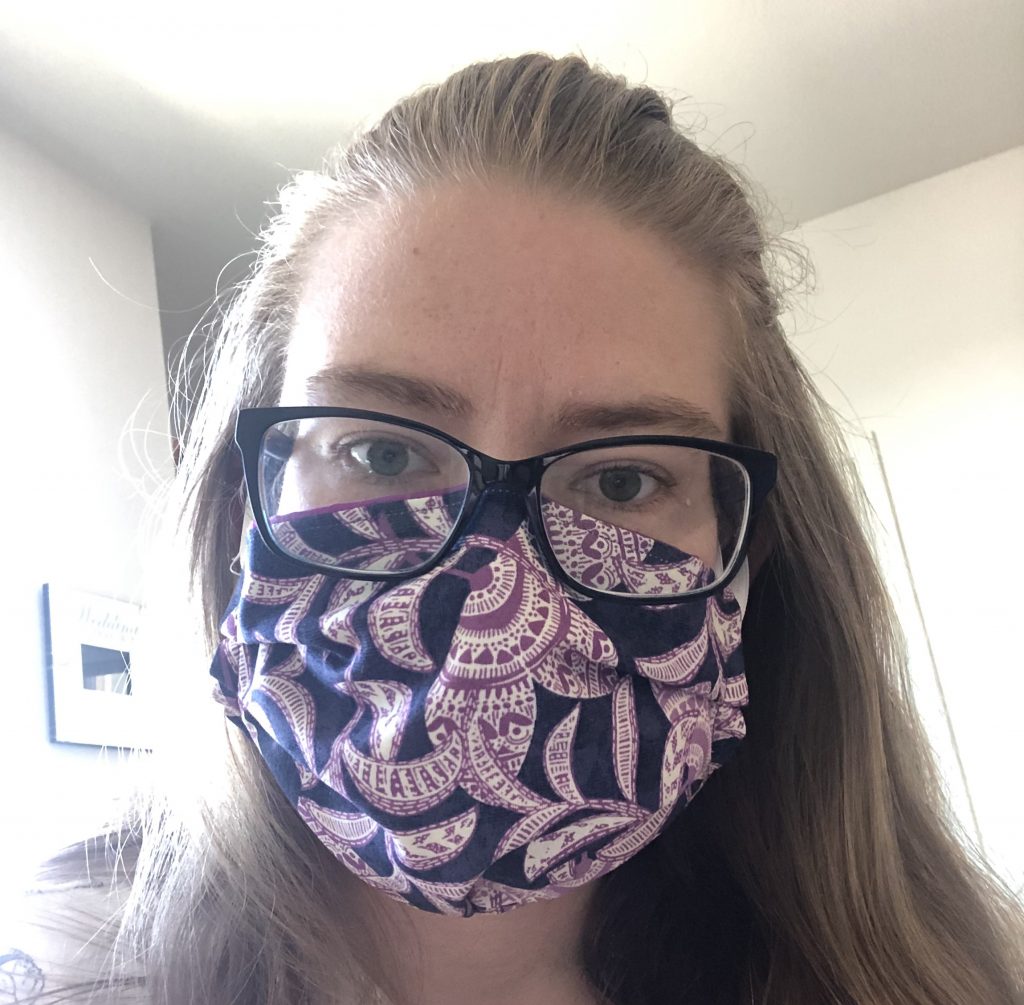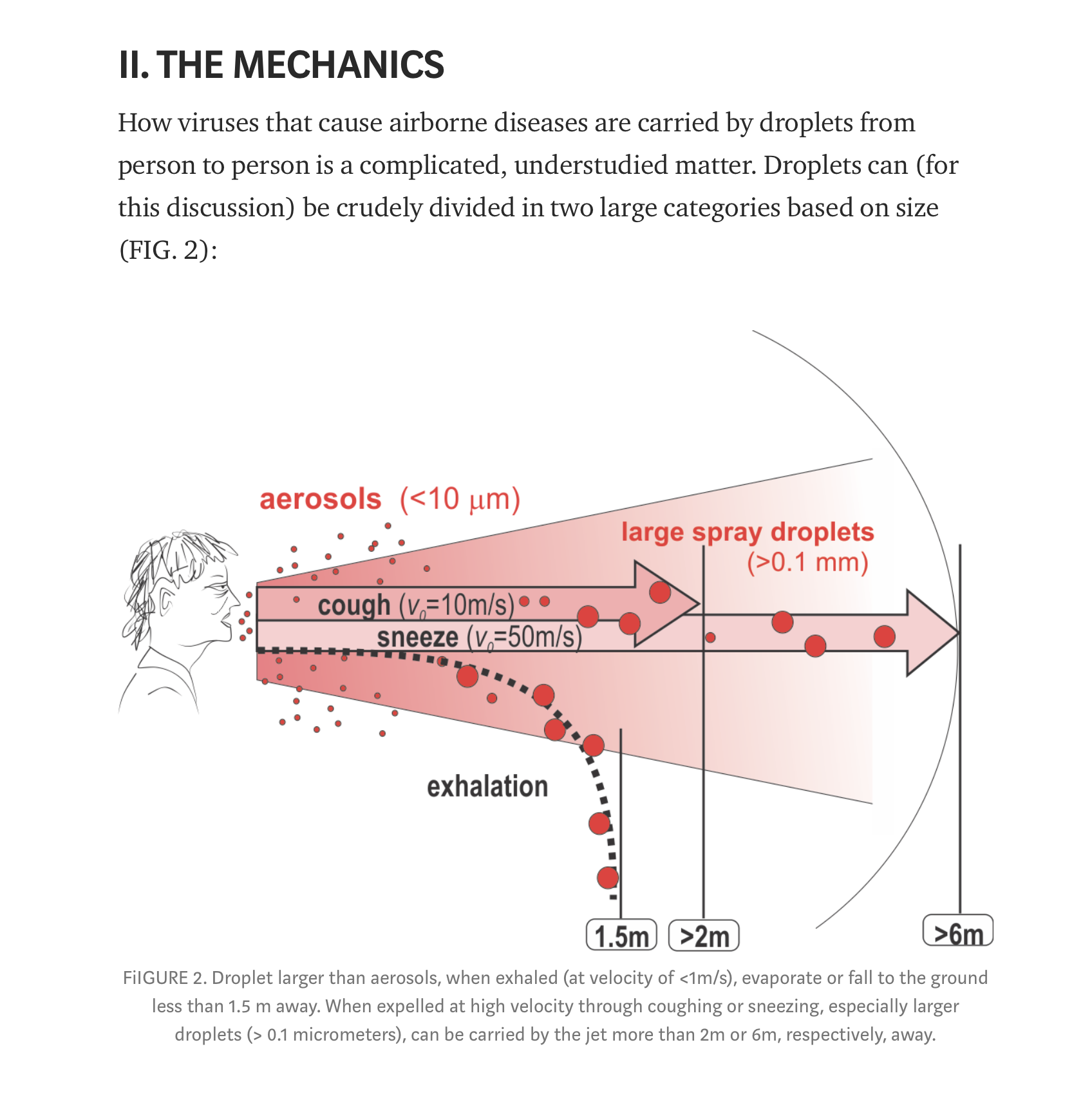LYME SCI: Preventing COVID-19 with masks is a good idea after all

The former head of the Food and Drug Administration, Dr. Scott Gottlieb, and his colleagues at American Enterprise Institute (AEI), have rolled out “A Road Map to Reopening” the country.
Among other things, it encourages the public to start wearing homemade masks in public.
Yes, you heard me correctly.
This recommendation for public use of masks reverses what the World Health Organization (WHO) and CDC have been recommending. (Editor’s note: On April 3, 2020, the CDC changed its advice. The agency now suggests that people cover their faces when leaving their homes.)
The rational for wearing masks makes sense.
We’re learning that over 30% of COVID-19 infections are transmitted by people showing mild or no symptoms. We worry that these people are sneezing or coughing and spreading the virus through the air or onto surfaces that others will touch. This matters, because the coronavirus can live for hours to days in the air and on surfaces.
The following graph was posted on Medium by Sui Huang, of the Institute of Systems Biology:
The AEI report outlines four phases:
Phase 1 – Slow the Spread
Phase 2 – State-by-State Reopening
Phase 3 – Establish Immune Protection and Lift Physical Distancing
Phase 4 – Rebuild Our Readiness for the Next Pandemic
What it will take
The AEI proposal envisions a gradual reopening in states that have been successful in Phase 1, slowing the spread through social distancing, self-isolation, testing and quarantining the ill.
Prior to reopening, these states must demonstrate a 14-day decline in the number of new cases of COVID-19. The report estimates that some states may reach Phase 2 by May.
You can see here when your state is projected to see its peak in the number of cases: COVID-19 Projections
The report lays out the reasoning for wearing masks:
There is emerging evidence that asymptomatic and presymptomatic transmission of COVID-19 is possible,18 which complicates efforts to pursue case-based interventions. To reduce this risk during Phase I, everyone, including people without symptoms, should be encouraged to wear nonmedical fabric face masks while in public.19
Face masks will be most effective at slowing the spread of SARS-CoV-2 if they are widely used, because they may help prevent people who are asymptomatically infected from transmitting the disease unknowingly. Face masks are used widely by members of the public in some countries that have successfully managed their outbreaks, including South Korea and Hong Kong.20 The World Health Organization (WHO) recommended the use of face masks by members of the public in the event of a severe influenza pandemic.21
However, personal protective equipment should continue to be reserved for health care workers until supplies are sufficient for them and abundant. For this reason, right now members of the general public should opt to wear nonmedical fabric face masks when going out in public. The CDC should issue guidelines on the proper design of such nonmedical fabric face masks. Consumers may be able to fashion these masks themselves using available washable materials, or they may become available in the consumer marketplace.
Better than nothing?
Homemade masks are not as effective as N95 respirators, but during a mass shortage cloth masks are better than nothing. The CDC states, “homemade masks are not considered PPE, since their capability to protect HCP is unknown.” (PPE= Personal Protective Equipment; HCP= Health Care Provider)
The hope is that these masks will help prevent people who are asymptomatic or early in the infection from spreading it to others. If everyone wears a mask while out in public, it will help to slow the spread of this virus.
My family has jumped into action. In fact, my daughter-in-law has already sent 100 homemade masks to a non-profit organization that serves children with cancer.
If you don’t have fabric, I suggest calling your nearest fabric store to see if they have free samples. Many fabric stores are leaving pre-cut pieces of fabric on tables in front of their stores.
If you’re not handy with a needle, the following video shows how to make your own mask, no sewing required.
LymeSci is written by Lonnie Marcum, a Licensed Physical Therapist and mother of a daughter with Lyme. Follow her on Twitter: @LonnieRhea Email her at: lmarcum@lymedisease.org .
How to wear and clean your face mask
It’s important to know that when used improperly, a face mask can actually increase your chances of infection. See San Francisco Deptartment of Public Health How to Put on and Remove a Face Mask and Stanford Researchers Offer Home-Based Mask Cleaning Tips For N-95 Masks.
Free patterns & instructions
How to make a face mask, from New York Times
How to make a face mask with elastic
How to Make an Adult Mask with Ties
Joann fabric store has put together videos and a list of “how-to’s from around the web”to help you get started.
Organizations needing mask donations
References:
American Enterprise Institute: National coronavirus response: A road map to reopening
Testing the efficacy of homemade masks: would they protect in an influenza pandemic? Published online by Cambridge University Press: May 2013
CDC | Strategies for Optimizing the Supply of Facemasks





















We invite you to comment on our Facebook page.
Visit LymeDisease.org Facebook Page